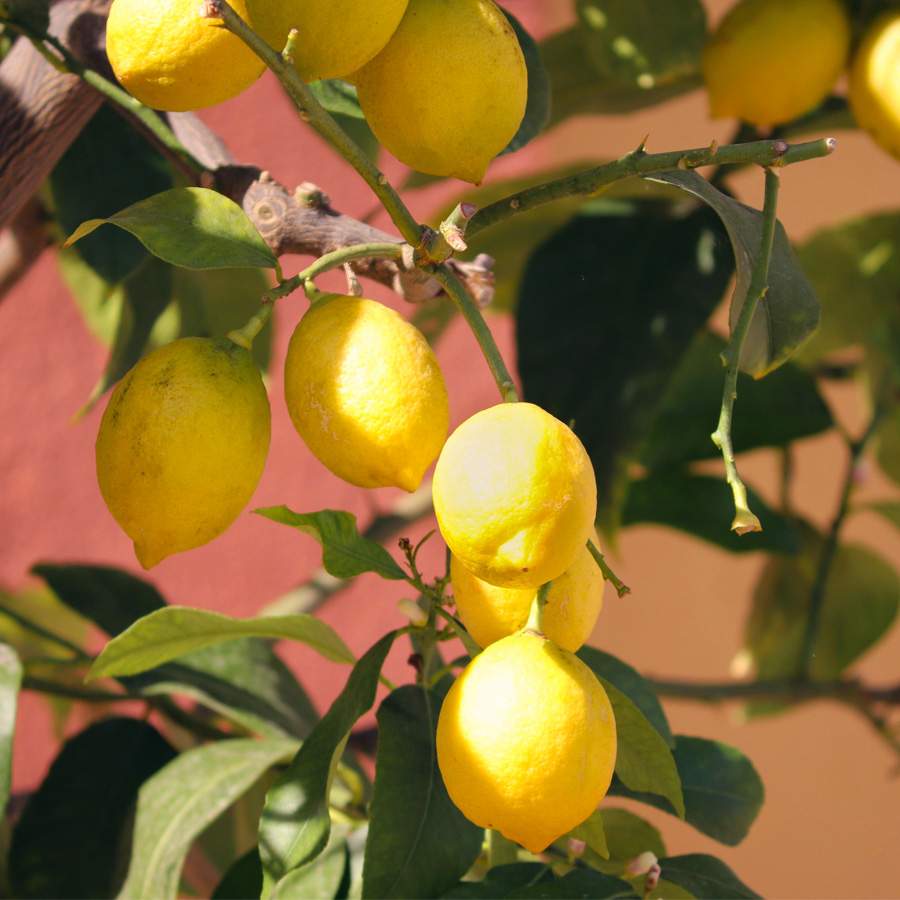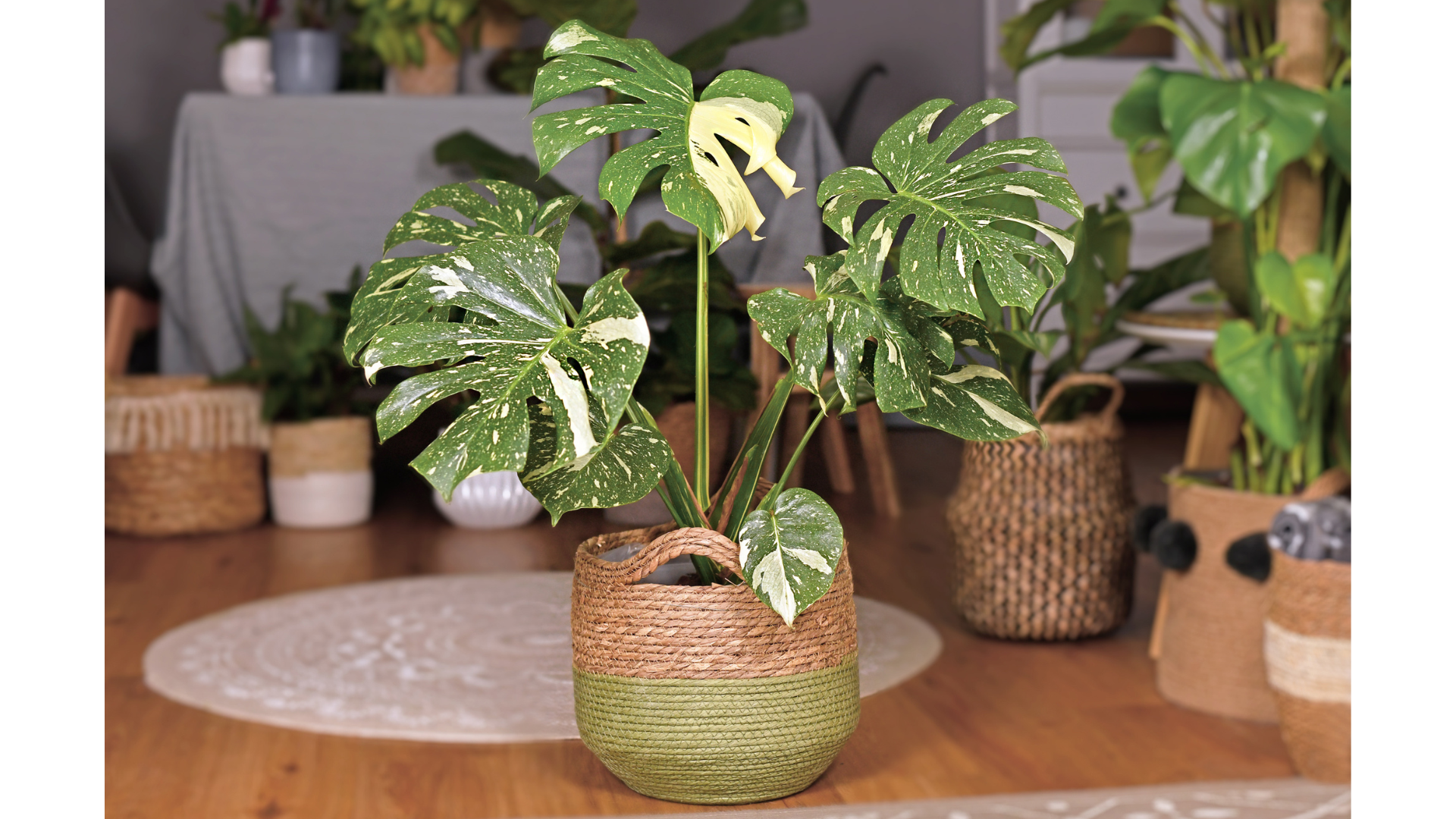Share

Learn How to Pot Citrus from our Plant Doctor, Angela Turner
Growing citrus here in Northern Nevada does not need to be difficult! Although it is considered an indoor plant in our hardiness zone 7 it loves to live outside during our warmer months. Citrus trees thrive between 60 and 90 degrees F with some types of citrus being more cold-hardy than others. For example, Grapefruits can withstand colder temperatures than their other citrus cousins, surviving down to 20 degrees F.
We spoke with one of our Plant Doctors, Angela Turner, to learn about the best way to plant your new indoor citrus plant, and other tips and tricks to keep your citrus tree happy and fruiting for years to come!
View the full video see below or read on for her step-by-step process for how to plant a tree and tips to keep it thriving!
10 Easy Steps to Plant your New Indoor Citrus Tree
- Pick your desired pot! We suggest using a terracotta pot because they are more porous and let the roots breathe BUT any pot with good drainage will work. It is very important to make sure there is drainage! Your new pot should be around 20-25% bigger than the old pot (or the pot your new tree came in).
- Pick your soil. We suggest using G&B Blue Ribbon Blend Potting Soil or G&B Palm, Cactus & Citrus Planting Mix because they are lighter soils that don’t retain too much water. Citrus trees do not like to stay wet and like well-draining soil.
- Add a little soil to the bottom of your pot
- Place your tree (still in its original pot) in the new pot to make sure that there is not too much soil in the bottom. You want the top of the tree’s current soil or root ball 1-1.5 inches below the top of the new container. Learn more about the proper depth to plant your trees, shrubs, and plants.
- Once you have your desired depth, lightly shake your tree out of its old container. Make sure to hold firmly to its trunk so that it does not drop or break.
- Place your tree into the new container (make sure to hold it straight) and fill the sides with soil to about an inch from the top of its root ball. Make sure not to pack the dirt too tightly. TIP: To make sure there are no air pockets, give the pot a little shake (while still holding the tree straight) to let the soil settle down around the tree as you’re planting.
- Once you are an inch from the top of the root ball, we suggest adding a little fertilizer (our favorite for citrus trees is G&B Citrus & Fruit Tree Fertilizer, it’s a granular, slow-release fertilizer that will slowly feed your plant over a couple of months). Take a pinch in your fingers and spread it around the pot evenly and mix in.
- Keep filling with soil until the soil is level with or slightly below the top of the root ball.
- Thoroughly water your new tree making sure that all the soil is evenly moist and that there is water running out of the bottom of the pot.
- Place in a sunny spot and enjoy!
Tips to Keep Your Tree Healthy
- Citrus trees do not like being consistently wet. Make sure to allow your tree to dry out between watering times.
- Between Spring and Fall feed your citrus using the recommended amounts and timing depending on the fertilizer. We suggest using G&B Citrus & Fruit Tree Fertilizer because it’s a slow-release which means it only requires you to feed once every 2-3 months and there’s less of a chance of nutrient burn.
- Citrus Trees like LOTS of sun, make sure to put your new tree in a sunny part of your yard during the warm months for the best chance of fruit.
- In winter, keep your citrus tree near a Southern facing window or as southern as possible, for the most light.
- Citrus trees don’t like the cold. In the colder months, make sure to bring your tree in when the temperature reaches below 55-60 degrees F.
- Common pests include Spider Mites, Mealy Bugs, and Aphids. We suggest using organic pest control products such as Neem Oil or Insecticidal Soap to keep your tree healthy.

As our Plant Doctor, Angela, says “Growing citrus in the high desert can be difficult but if you follow these recommendations you’re likely to find success. It is very rewarding to [grow] your own citrus”.
If you have more questions or need more information contact us at any of our locations or online.
Share

What makes the Monstera Thai Constellation such a beloved plant, and how can you care for it to thrive indoors?

By understanding the specific needs of each hydrangea variety, you can ensure they thrive and continue to enchant with their seasonal displays year after year.

Exciting news for residents of Sparks, Nevada! The city has launched a wonderful initiative to enhance green spaces and beautify neighborhoods by giving away free Moana Grown trees

Embracing Evolution: Why Chanticleer and Redspire Pear Trees Outshine Their Ancestral Bradford Pears
